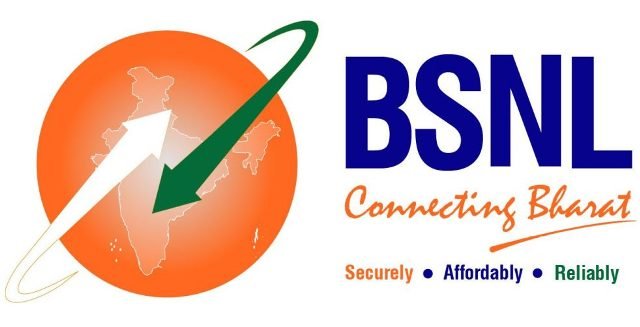BSNL has kicked off a landmark nationwide 4G rollout worth about ₹37,000 crore, commissioning roughly 97,500 new towers built on a completely indigenous “Swadeshi” technology stack. The government-backed program combines C-DoT’s core network, Tejas Networks’ RAN gear, and TCS system integration to deliver a software-defined, 5G-ready platform aimed at closing India’s rural broadband gaps and strengthening domestic telecom manufacturing.

Unlike the market-driven 5G investments of Reliance Jio and Bharti Airtel, BSNL’s strategy is a state-led, coverage-first initiative. BSNL is the fourth largest telecom operator in India based on mobile phone subscribers, according to TRAI data. BSNL has 90.363 million subscribers in July 2025 vs 88.512 million in July 2024.
Airtel invested about ₹19,200 crore in FY24–25, but is now moderating capex after its nationwide 5G build-out. Airtel has 387.326 million subscribers in July 2025 vs 391.478 million in July 2024.
Reliance Jio completed a rapid 5G rollout between 2023 and 2025 using global vendors such as Nokia and Ericsson and says its major capex cycle is largely complete, shifting focus to monetization. Jio has 477.504 million subscribers in July 2025 vs 475.768 million in July 2024.
Vodafone Idea (Vi) continues a catch-up expansion, adding ~14,100 broadband towers in FY24–25 and investing ₹2,440 crore in Q1 FY26, including about 4,800 new 4G towers in a single quarter. Vodafone Idea has 215.882 million subscribers in July 2025 vs 203.859 million in July 2024.
BSNL’s software-defined architecture promises lower future upgrade costs and national supply-chain sovereignty. Rural regions stand to benefit first: tens of thousands of towers funded under the Digital Bharat Nidhi (DBN) program target underserved villages, boosting digital inclusion and e-governance access.
Urban and premium customers, however, are expected to remain loyal to Airtel and Jio, where higher 5G speeds and bundled enterprise services are already established. To succeed long term, BSNL must convert its expanded rural coverage into sustainable revenue streams—through fixed-wireless access, broadband bundles and competitive tariffs—without sparking a destructive price war.
BSNL CMD A. Robert J Ravi highlighted the “Made in Bharat” stack—developed with TCS, Tejas Networks, and C-DOT—as key to bridging the digital divide and ensuring a secure, self-reliant future.
BSNL Director Sandeep Govil emphasized that the Swadeshi 4G technology delivers scalable, high-quality connectivity and positions India to advance toward 5G using homegrown innovation.
TCS advisor N. Ganapathy Subramaniam underscored the historic achievement of creating a globally competitive, standards-compliant telecom platform that strengthens India’s digital infrastructure and global standing.
With its unprecedented scale and indigenous technology stack, BSNL’s Swadeshi 4G rollout marks a pivotal moment in India’s telecom landscape, positioning the state operator as both a catalyst for rural connectivity and a test case for home-grown telecom innovation.
Baburajan Kizhakedath
